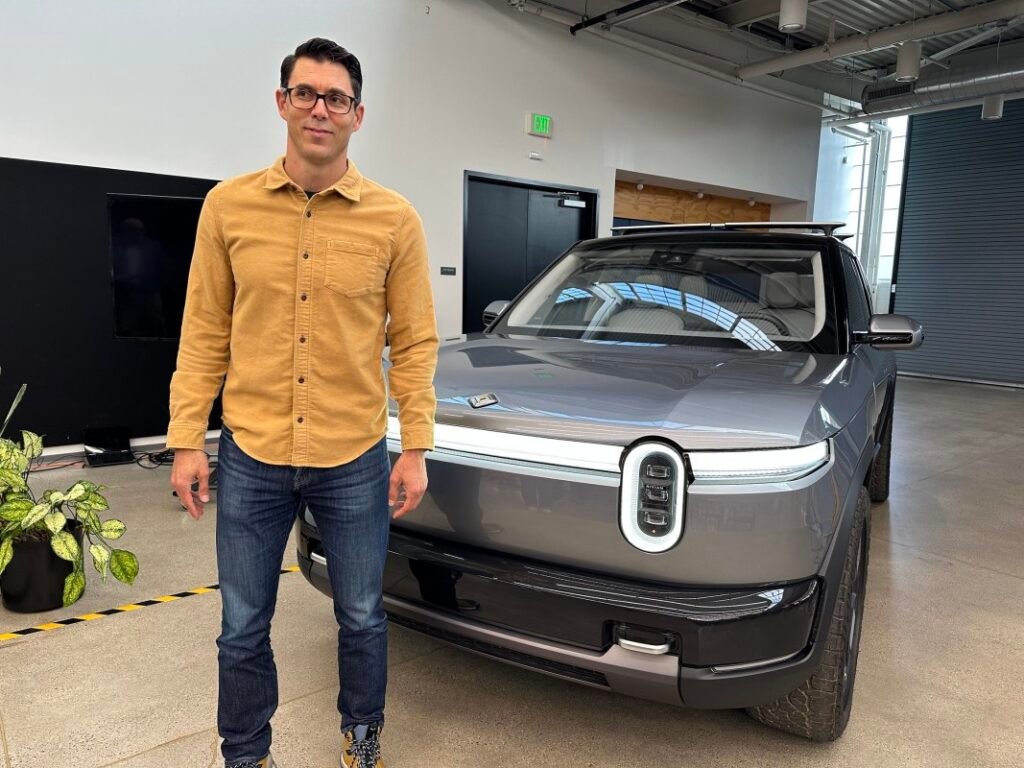
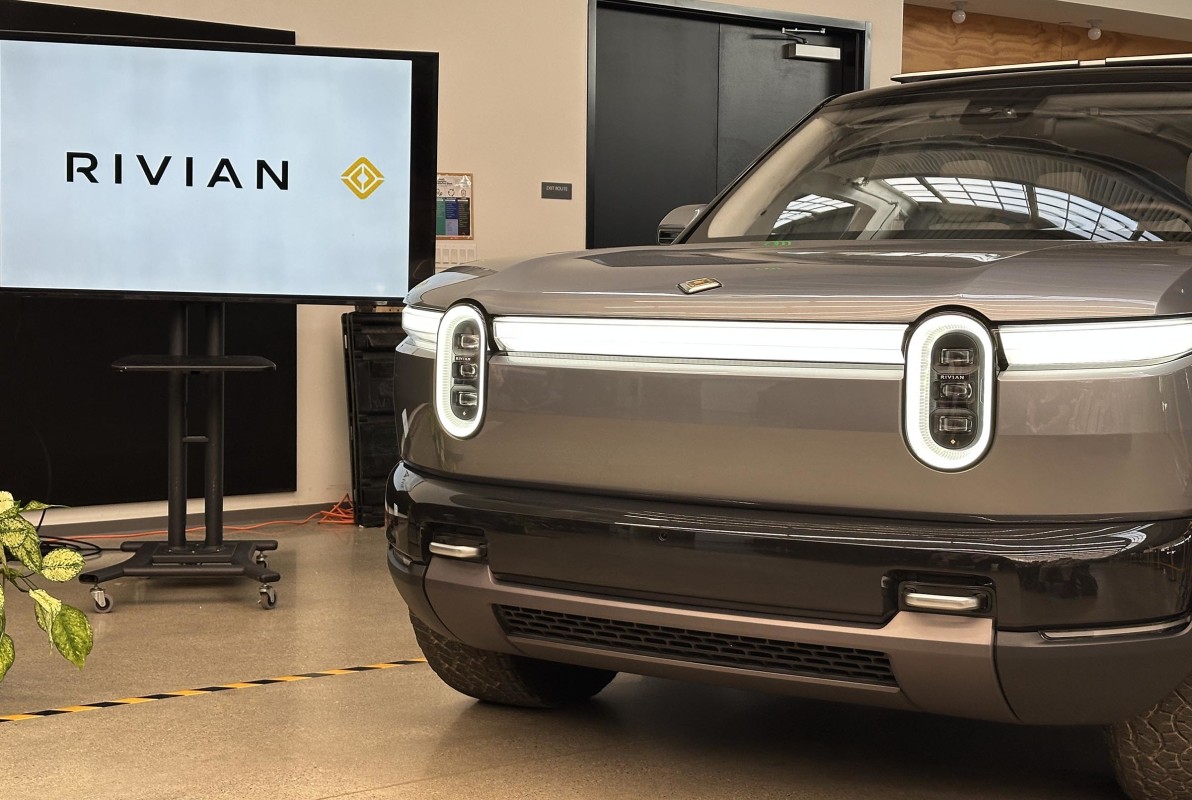
Rivian is getting ready to enter the mainstream EV market, says CEO RJ Scaringe while revealing plans to launch production during “the first part of next year.”
Smaller and more affordable than the original Rivian R1S – at a promised $45,000 – the R2 is set to become the most important product in the automaker’s line-up, expected to generate enough sales to finally put the EV start-up into the black after years of hefty losses. But don’t expect Rivian to make R2 the sort of vehicle that will play it safe to maximize its appeal.
Not for Everyone
Rivian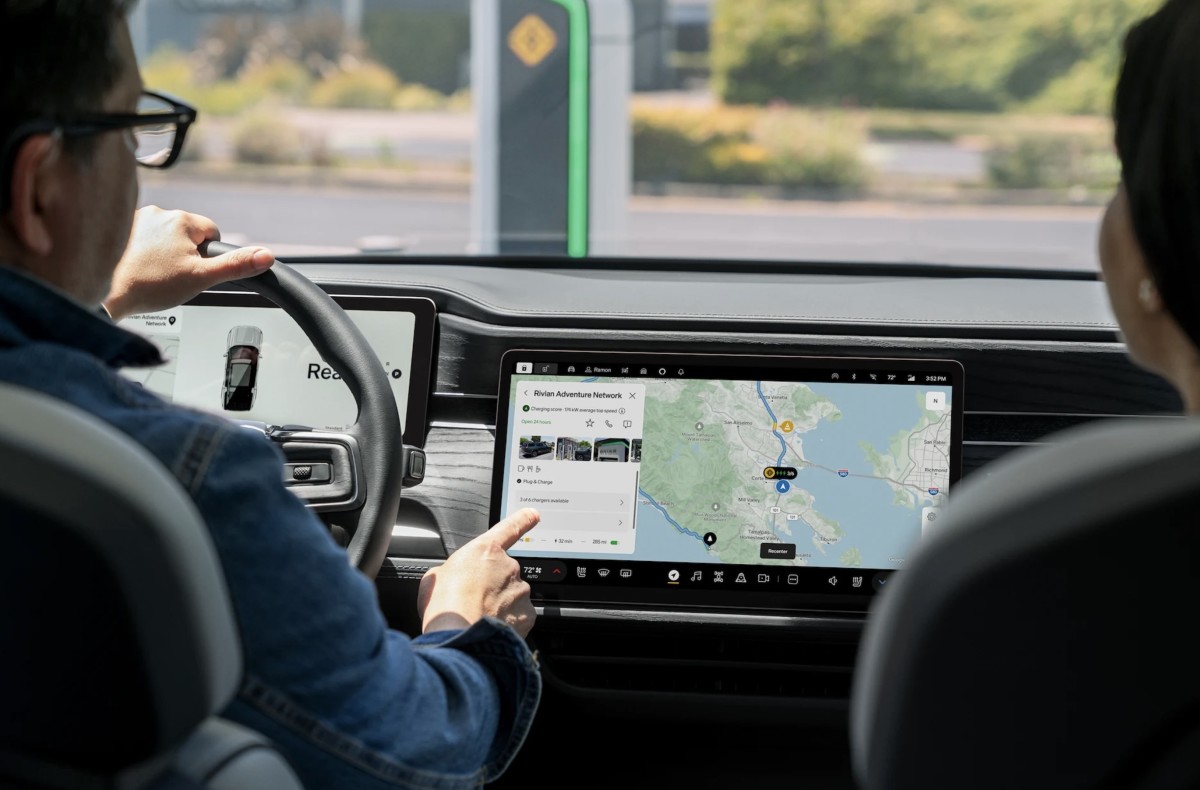
Scaringe is convinced buyers will find the new R2 “compelling” automobile, thanks to its range, performance, price and technology.
But even before it comes to market, critics have taken aim over some of the things R2 won’t offer, starting with Apple CarPlay or Android Auto. And, like the original R1S, virtually everything a motorist might want to control or adjust, including mirrors, steering wheel position, even air vents, will be operated by the electric SUV’s touchscreen.
If you don’t like it, “Buy something else,” Scaringe told Autoblog during a conversation following a meeting of the Automotive Press Association (APA) on Monday.
What’s Wrong With Buttons
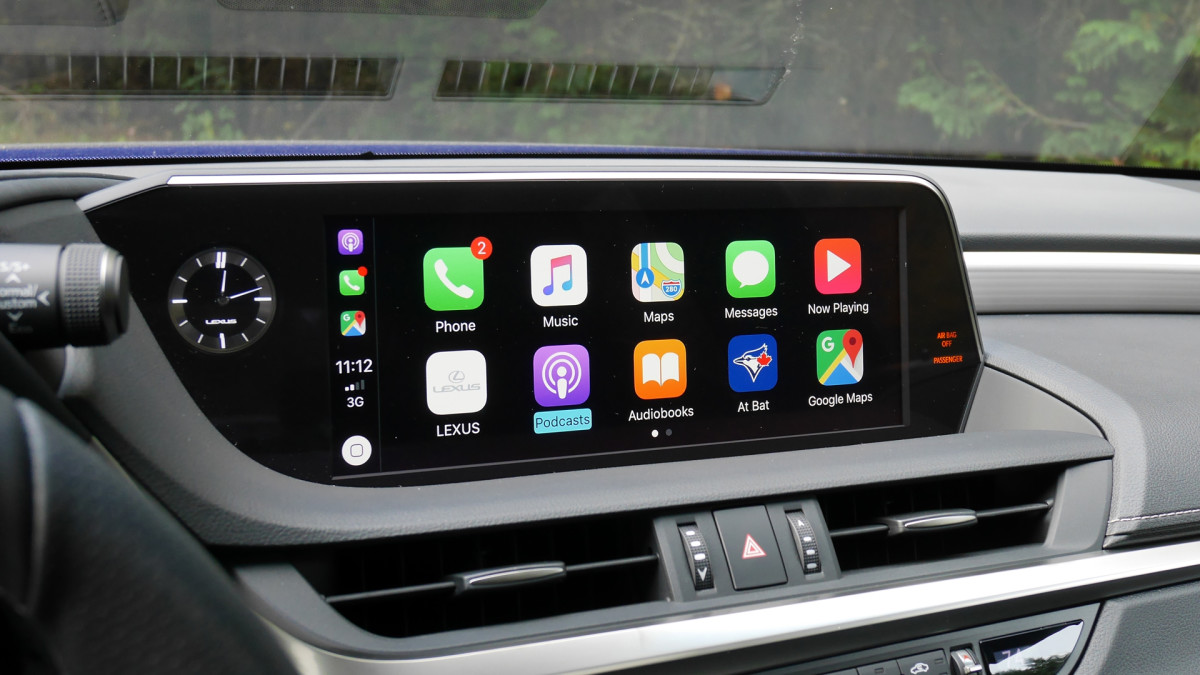
James Riswick
Rivian isn’t the only automaker that doesn’t like buttons. Tesla also requires drivers to use its touchscreen for most functions. Both automakers have the same reasoning why. Virtually all other automakers use “distributed” electrical systems with anywhere from 100 to 150 microprocessors scattered all over the vehicle to operate everything from radar sensors to powertrain systems to infotainment technology. Rivian – like Tesla – has adopted a centralized computing system “a digital ecosystem that connects navigation, energy management, charging, and adventure planning.”
Adding CarPlay would “fragment that,” he noted. Meanwhile, buttons would make it difficult to “continually update the (user) interface.”
Related: 5 Essential Car Features That Should Never Be On Touchscreens
As a result, all controls are found on the touchscreen, though certain functions, like mirrors, are then adjusted using haptic touchpads on the steering wheel. Rivian has also been updating its built-in voice assistant, Scaringe explaining his belief that, “over the next few years we’re going to use our hands less and less to operate vehicle functions.”
All this said, Rivian is redesigning its doors – which now function electrically – to make it easier to operate manually in the event of a loss of power.
Autonomy Will Be Essential
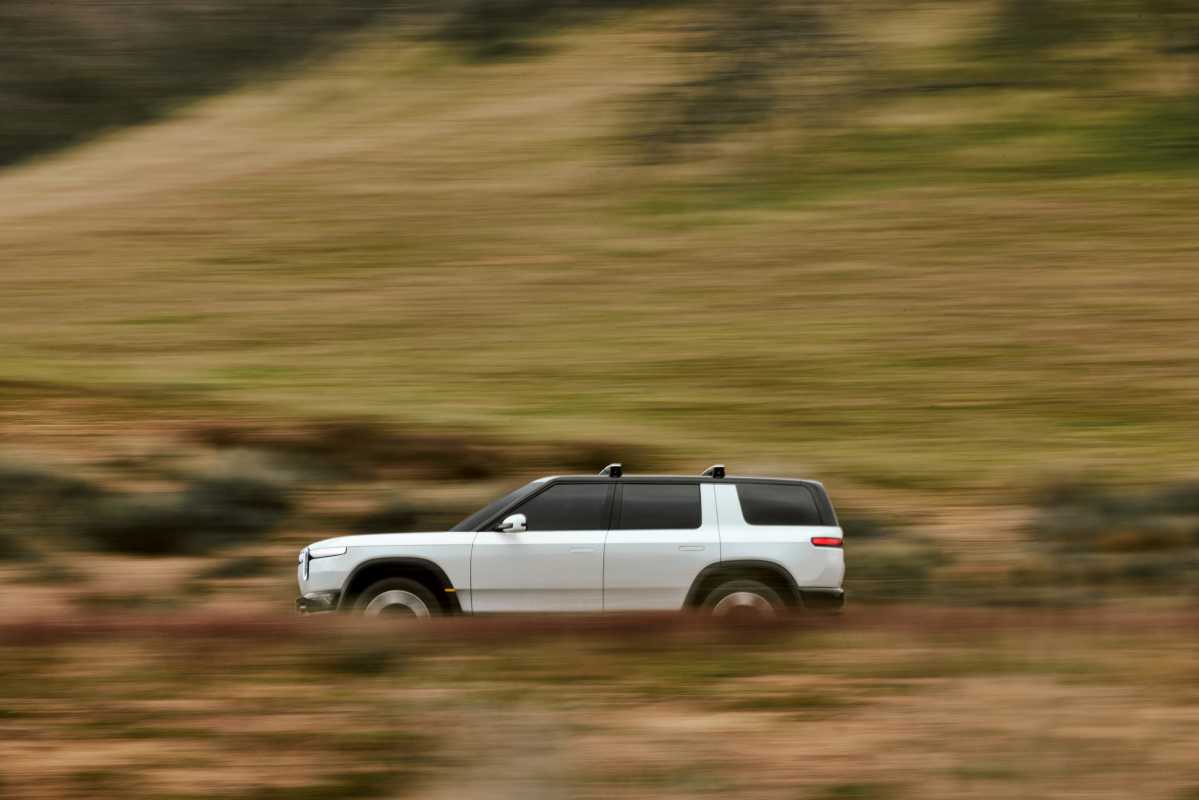
Among the functions you’ll be able to control by voice: hands-free driving. “Autonomy is going to become more of a factor” as we approach the end of the decade, and as Rivian rolls out not just the R2 but the smaller R3 and other “variants,” Scaringe said during the APA meeting.
Exactly how advanced that technology will be remains to be seen, Scaringe suggesting it could be what industry types refer to as “Level 3” or “Level 4.” The latter essentially lets the vehicles drive almost anywhere on its own, even if the driver is taking a nap. Level 3 lets a motorist to turn away, perhaps to text or watch a video. But they will need to remain at the ready to take over in an emergency.
“By 2030, essentially, our expectations are that the car will be able to drive itself from point-to-point,” said Scaringe. “That will be an expectation” among most drivers, he predicted.



